World Hepatitis Day 2020
World Hepatitis Day 2020

World Hepatitis Day is celebrated every year on 28 July, and this year’s theme “Hepatitis-free future” has a strong focus on preventing hepatitis B among mothers and newborns. This year’s Day is being commemorated amid the escalating COVID-19 pandemic which is adding an additional challenge to ensuring the continuity of hepatitis prevention and care services, including immunization, diagnosis and treatment.
On 28 July, WHO will publish new recommendations on the prevention of mother-to-child transmission of the virus “Prevention of mother-to-child transmission of hepatitis B virus: guidelines on antiviral prophylaxis in pregnancy“.
WHO’s global campaign will focus on:

Highlighting the importance of viral hepatitis elimination and a hepatitis-free future for mothers and children.

Increasing commitment to increased action towards viral hepatitis-related prevention and care efforts.
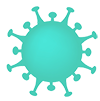
Promoting continuity of essential services during the COVID-19 pandemic.
WHO is seeking to encourage government leaders to:
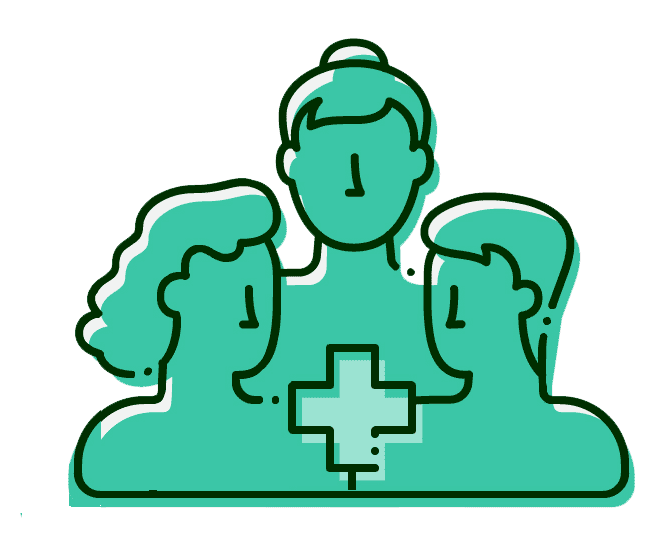
Continue progress towards universal health coverage and ensure continued access to essential services, including viral hepatitis prevention, diagnosis and treatment, during and after the containment of the pandemic.
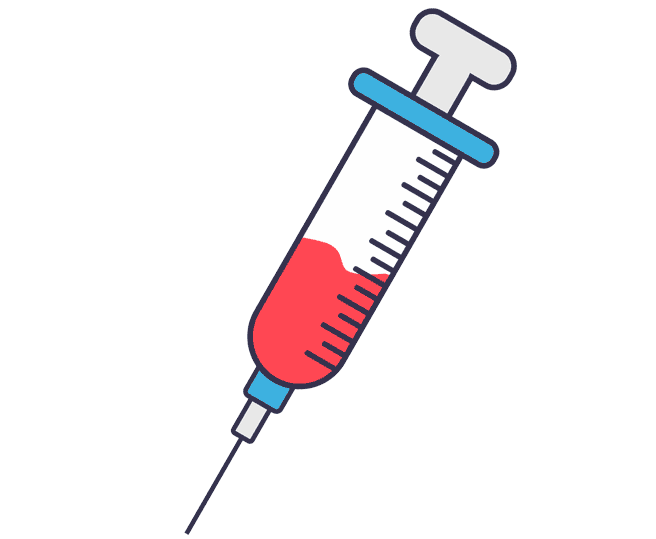
Increase and sustain high coverage of birth-dose hepatitis B vaccination and subsequent series to complete 3 doses in line with global targets
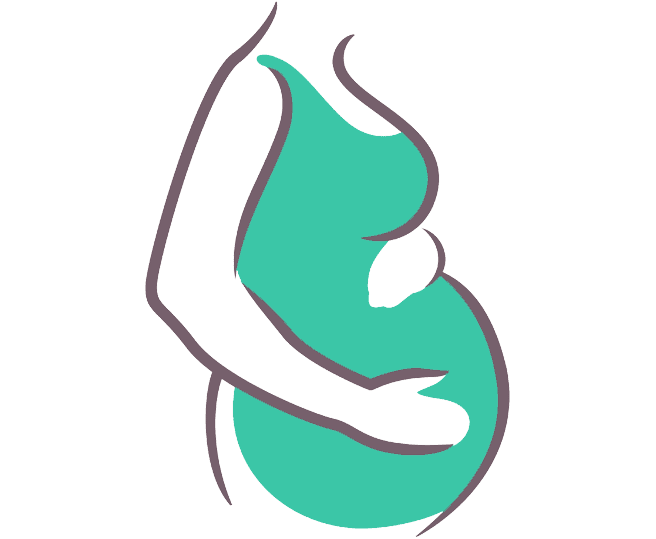
Implement universal hepatitis B testing for pregnant women, with linkage to care in view of prophylaxis and/or treatment for those eligible.
Viral hepatitis B and C: regional update
The estimated burden of hepatitis B in the Region is 21 million people chronically infected.
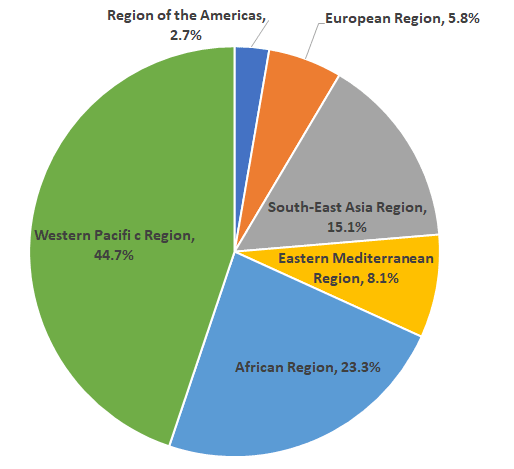
Distribution of the hepatitis B burden across all WHO regions
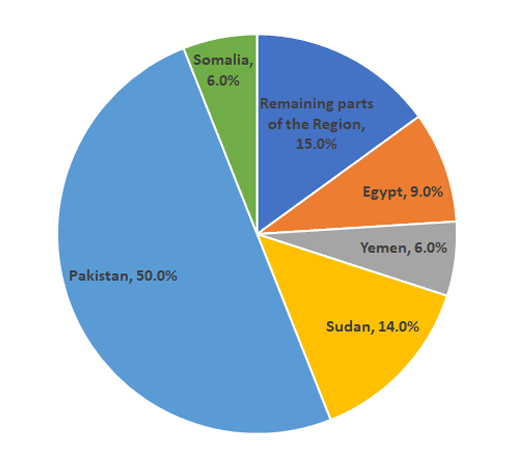
Distribution of the hepatitis B burden across countries of the Region
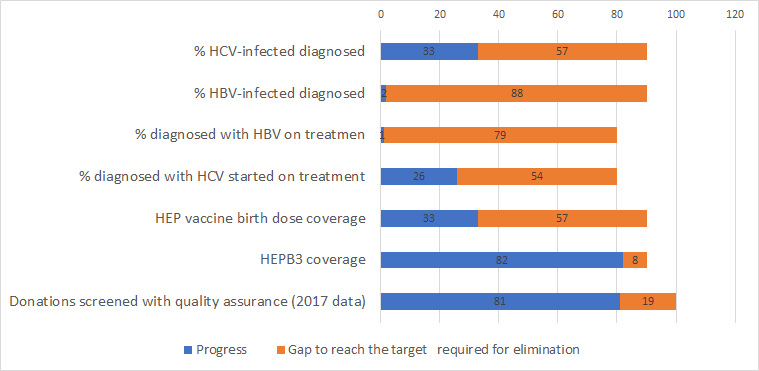
Progress of the hepatitis response in the Region
Regional facts
Harm-reduction services and access to treatment for people who inject drugs are very limited. Regional coverage of syringes is 25 per person per year.
The percentage of unsafe injections is 14%; the elimination target is 0%.


